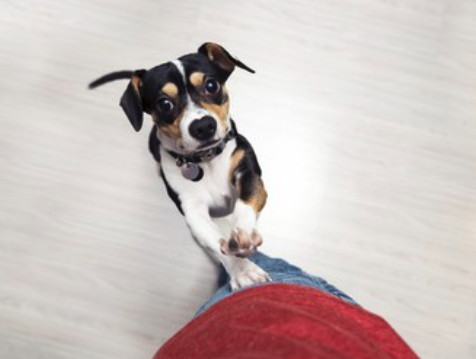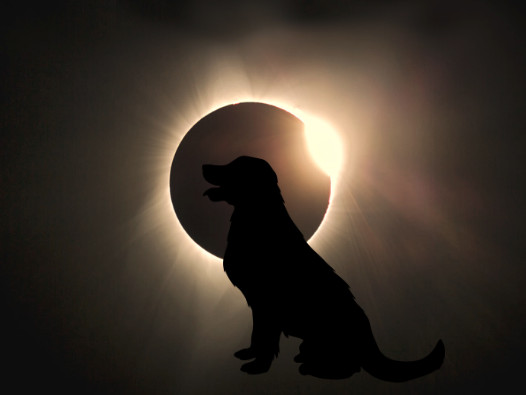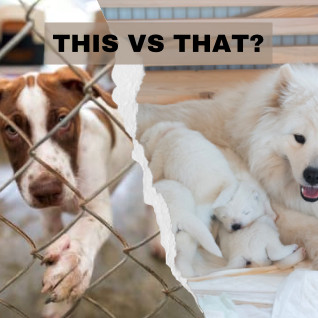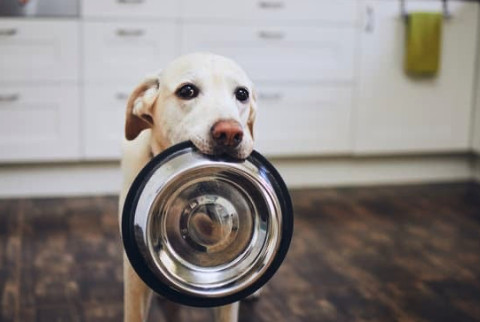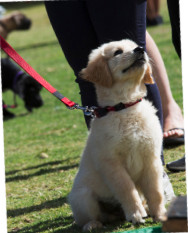
Training your puppy is one of the best ways to help them grow into a happy, well-behaved dog. When your puppy knows the right commands, they can stay safe, listen better, and you will build a stronger bond with them. That's why I always say, a trained dog is a happy dog. Here are the 5 essential commands that every puppy should learn and why they are so important.
1. Sit
Teaching your puppy to sit is one of the first things you should do. This command helps them stay calm and focused. When your puppy is sitting, they aren’t jumping on people or running around. This makes it easier to handle them in different situations, like when guests come over or before feeding time. It’s also a great way to help them stay patient and well-behaved.
Why it matters: Teaching "sit" helps your puppy learn to listen and follow instructions. It’s the foundation for more advanced training and helps build trust between you and your puppy.
2. Stay
The “stay” command is super important for keeping your puppy safe. It teaches them to stay in one place even when they want to run or explore. This is especially helpful when you’re opening doors, crossing the street, or if there are other dogs around. "Stay" helps your puppy control their impulses and learn patience.
Why it matters: Keeping your puppy safe is the biggest reason to teach “stay.” It can prevent accidents, like running into traffic, and helps them be calm in busy situations.
3. Come
The “come” command is all about safety. When your puppy knows how to come when called, you can keep them from getting lost or running into danger. Whether they’re playing outside or off-leash at the park, “come” brings them back to you safely. This command also builds trust between you and your puppy because they learn that coming to you is a good thing.
Why it matters: “Come” keeps your puppy out of harm’s way and is one of the best ways to make sure they stay close when it matters most.
4. Down
The “down” command helps your puppy relax. Sometimes puppies get too excited, and "down" can calm them down. This command is great for when you’re out in public, like at the vet’s office, or when you have guests over. A puppy that knows how to lie down on command is easier to manage and less likely to cause trouble.
Why it matters: It helps your puppy learn self-control, which makes them easier to handle in different environments. This command is also a sign of respect from your puppy, showing they are willing to listen.
5. Leave It
“Leave it” is a life-saving command. It teaches your puppy to ignore things they shouldn’t touch, like dangerous objects, food, or even harmful substances. Puppies are curious, and this command helps keep them out of trouble by teaching them to focus on you instead of whatever is on the ground.
Why it matters: “Leave it” can stop your puppy from picking up something harmful, like chocolate or sharp objects. It’s a powerful way to keep your puppy safe and show them that listening to you is important.
Training your puppy with these 5 essential commands will keep them safe and help you build a strong, happy bond. A trained dog is a happy dog, and these commands are the key to making sure your puppy grows into a well-behaved, confident companion. Start training today and watch your puppy become the best friend you’ve always wanted!
To make training even easier, I’ve created a
Puppy Training Cheat Sheets & Trackers Bundle! This bundle gives you step-by-step instructions for teaching each of these essential commands, plus trackers to help you monitor your puppy’s progress and keep the whole family on the same page.
These tools are designed to help you stay consistent and make training a fun experience for both you and your puppy!
If you desire to raise happy healthy dogs I invite you to join my free community where you will find my
FREE Preparing for a Puppy 5 Day Challenge!
